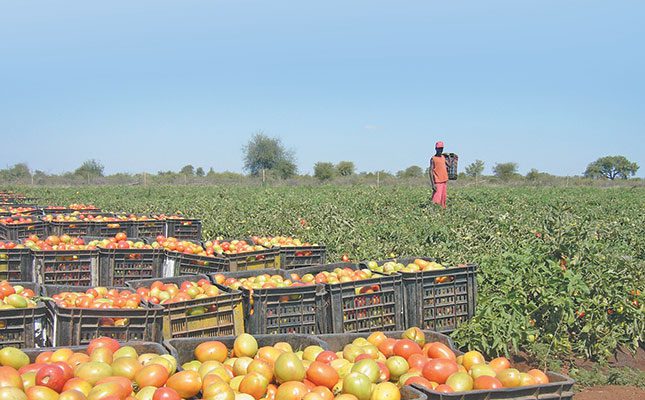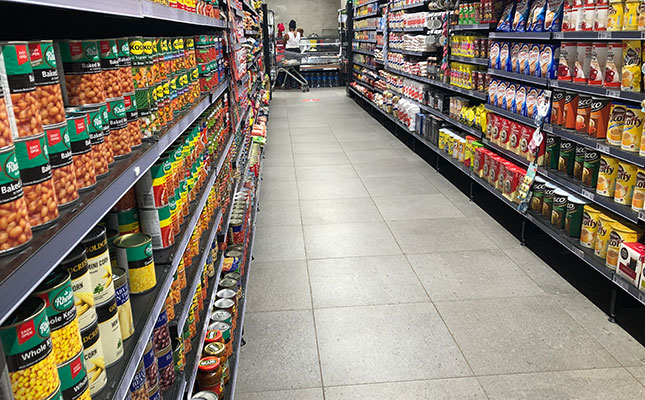
The Bureau for Food and Agricultural Policy (BFAP) stated in its recently released Food Inflation Brief that although food inflation was still high, its sharp decline in May from recent months provided the first “solid indication” of a turnaround in high food prices.
BFAP expected the downward trend to persist over the coming months, due to strain on consumer budgets, high base effects, the relative recovery in the value of the rand over the past month, and the filtering through of recent lower producer prices to retail level.
“With the exception of vegetables, producer prices in South Africa are on a declining trend. These declines are starting to reach retail markets for some product and are [likely to continue filtering] through the value chain in the coming months,” BFAP said.
BFAP identified load-shedding and the associated cost of alternative energy sources as a major cost driver across the value chain, which might offset some of the decline at retail level. Another depreciating cycle in the value of the rand was an additional threat.
Dawie Maree, head of agriculture information at marketing at First National Bank, said the drop in retail prices would put downward pressure on farm-gate and food manufacturing prices, which would have a negative effect on the agriculture sector.
“The [sector[ is under severe financial pressure because of high input costs. It is true that fertiliser and fuel costs have come down, but electricity prices and the minimum wage have increased, with load-shedding adding additional costs onto production.”
He nevertheless granted that high retail prices were unsustainable, as pressure on consumer spending had negatively influenced the sales of various products.
Maree identified the interest rate as another factor that would affect the affordability of food prices. He said that the impact of the interest rate on agriculture, along with the exchange rate, load-shedding and the effects of El Niño, could already be seen in tractor sales.
According to the South African Agricultural Machinery Association, tractor sales declined by almost 13% from 752 in May 2022 to 655 in May 2023. There was also a year-on-year decrease, with total sales in May 2023 (3 125), being 5,5% down from May 2022 (3 306). Sales for the calendar year, too, were expected to be 10% to 15% lower than in 2022.
Maree said the high interest rate was also influencing planting decisions by making it more expensive to take on debt.
He did not expect the rates to come down within the year, but to start softening by the second half of next year.
According to Statistics South Africa, headline consumer inflation cooled for a second consecutive month in May to 6,3%, from 6,8% in April, making it the lowest since April 2022, when the rate was 5,9%. The annual rate for food and non-alcoholic beverages dropped sharply from 13,9% in April to 11,8% in May, close to inflation levels last observed in September 2022.
Most of the food and non-alcoholic beverages categories recorded lower annual inflation rates, with the exception of sugar, sweets and desserts, and cold beverages.
Vegetables recorded a lower year-on-year inflation rate than in April 2023, but the highest year-on-year inflation of all categories at 20,8%. Bread and cereal inflation was also lower year-on-year than in April 2023, but at 18,1% the second highest year-on-year among the categories.
According to BFAP, food inflation in South Africa was higher than any of the selected countries, save the EU, in May 2023. This is in line with observation from April 2023. These countries include China, with a food inflation rate of 1%, Brazil with a food inflation rate of 5,5%, the US with a food inflation rate of 6,7%, Zambia with a food inflation rate of 11,6%, Kenya with a food inflation rate of 11,8%, and the EU with a food inflation rate of 15%.
From April 2023 to May 2023, declining food inflation rates were observed for Brazil, the US, South Africa and the EU, with the fastest decline in year-on-year inflation in South Africa, followed by the US and the EU.











